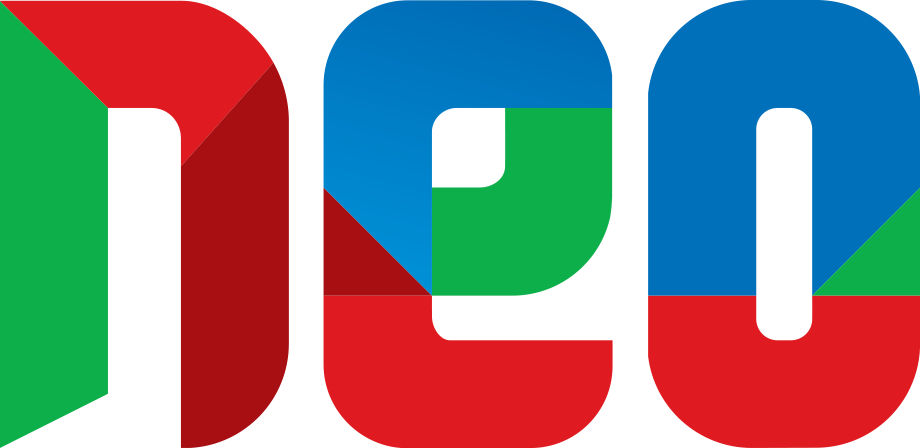Islamabad (Web Desk): Pakistan’s state-owned entities (SOEs) are the worst in South Asia and their combined losses growing faster than assets, says a World Bank report.
On an annual basis, they together swallow more than Rs458bn in public funds to stay afloat as their combined loans and guarantees surged to almost 10pc of GDP (Rs5.4tr) in FY21 from 3.1pc of GDP or Rs1.05tr in 2016, according to the report that also advised a deep-rooted reform programme to reverse the trend.
They “impose a significant fiscal drain and pose a substantial financial risk on the federal government”, said the World Bank, adding that these entities had been incurring losses since FY16, with annual losses averaging at 0.5pc of GDP over FY16–20. “Pakistan’s federal SOEs have been found to be the least profitable in the South Asia region”, said the Public Expenditure Review 2023, adding that with the persistent losses, the accumulated SOE losses had become substantial, amounting to 3.1pc of GDP in FY20.
To cover the losses, the federal government has been providing direct fiscal support to the SOEs, in the form of subsidies, loans and equity injections, which totalled 1.4pc of GDP in FY21. In addition to direct support, the government has been also issuing guarantees for SOEs to secure loans from commercial banks. Federal government exposure to SOEs, defined as the outstanding stock of guarantees and government loans to SOEs, has been rapidly increasing and stood at 9.7pc of GDP in FY21.
The report noted that combined fiscal exposure against domestic and foreign loans and guarantees had been increasing rapidly with annual growth averaging 42.9pc over FY2016–2021. But this required a detailed risk assessment on account of contingent exposure that may arise from guarantees. In FY 2021, 32pc of the outstanding guarantees, given through the Pakistan Atomic Energy Commission (PAEC), were against project financing of the K-3 and K-4 nuclear power plants. The available data show that guarantees constituted the bulk of fiscal exposure, at 44.4pc of total exposure in FY21, while Cash Development Loans and foreign loans accounted for 36pc and 19.6pc of exposure, respectively.


